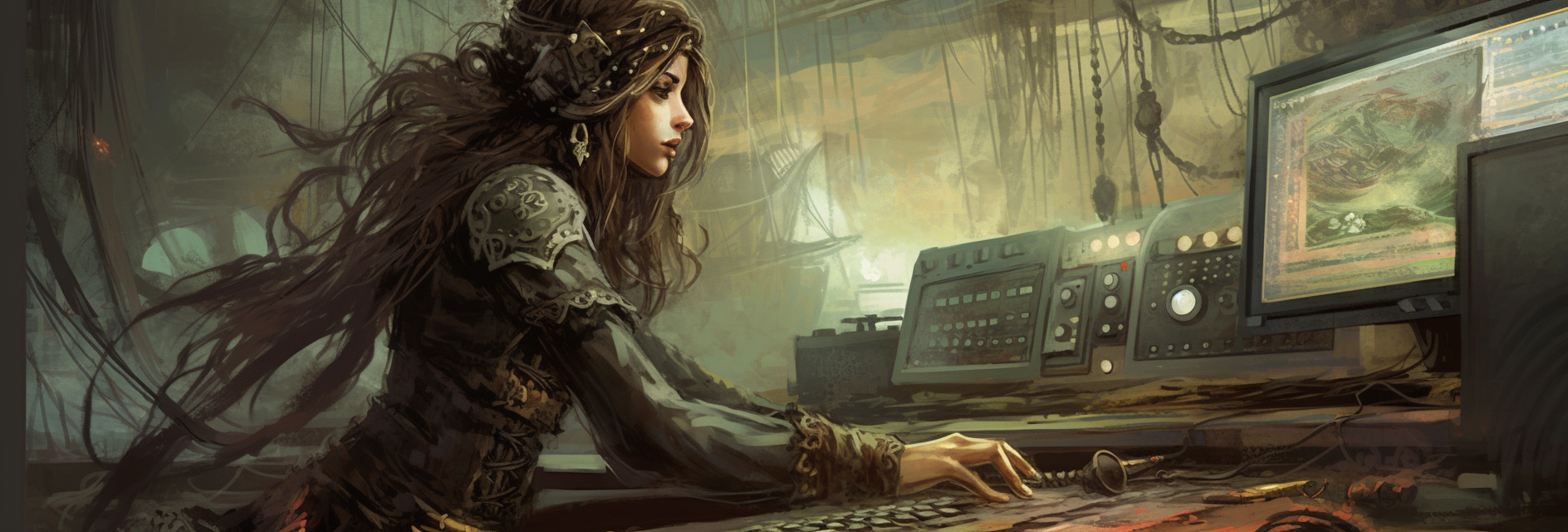What is the lifecycle of a CDI Bean?

Ahoy there, matey! Are ye ready to delve into the exciting world of CDI beans? Aye, I thought ye might be! In this article, we’ll be taking a closer look at the lifecycle of a CDI bean, a vital concept for any swashbuckling software developer to understand.
Definition of the Lifecycle of a CDI Bean
First off, let’s start with the basics: what is the lifecycle of a CDI bean? Well, simply put, it’s the series of steps that a CDI bean goes through from creation to destruction. These steps are managed by the container in which the bean is deployed, and they can be influenced by annotations on the bean class or its methods.
The lifecycle of a CDI bean can be broken down into several distinct phases, including:
- Instantiation: In this phase, the container creates a new instance of the CDI bean class. This is typically done using a no-argument constructor, although other constructors can be used if annotated appropriately.
- Dependency Injection: Once the CDI bean is instantiated, the container will inject any dependencies that the bean requires. This can include other CDI beans, as well as resources such as datasources or message queues.
- Bean Validation: After all dependencies have been injected, the container will validate the CDI bean to ensure that it meets any constraints specified by annotations on the bean class or its fields.
- Bean Initialization: Once the CDI bean has been validated, the container will call any methods annotated with
@PostConstruct. These methods can be used to perform any necessary initialization logic, such as opening database connections or starting background threads. - Bean Usage: The CDI bean is now ready to be used! During this phase, the container will inject the CDI bean into any other beans that require it.
- Bean Destruction: Finally, when the CDI bean is no longer needed, the container will call any methods annotated with
@PreDestroy. These methods can be used to perform any necessary cleanup logic, such as closing database connections or stopping background threads.
Now that we’ve covered the basics of the lifecycle of a CDI bean, let’s take a closer look at how the container manages this process in more detail. But that’s a tale for another time, matey! Until next time, fair winds and happy coding!
How the Container Manages the Lifecycle of a CDI Bean
As we mentioned earlier, the lifecycle of a CDI bean is managed by the container in which it is deployed. Let’s take a closer look at how this process works.
The container is responsible for creating new instances of CDI beans when they are required. When a CDI bean is first requested by another bean, the container will check if an instance of the bean already exists. If an instance does not exist, the container will create a new instance of the bean using a no-argument constructor.
Once a new instance of the bean has been created, the container will inject any dependencies that the bean requires. This is done using the @Inject annotation, which allows the container to automatically locate and inject the necessary dependencies. The container will also perform any necessary bean validation, using annotations such as @NotNull or @Size to ensure that the bean meets any required constraints.
After all dependencies have been injected and the bean has been validated, the container will call any methods annotated with @PostConstruct. These methods can be used to perform any necessary initialization logic, such as setting default values for fields or opening database connections.
Once the bean has been fully initialized, it is ready to be used by other beans in the container. During this phase, the container will inject the CDI bean into any other beans that require it. The container will also manage the lifecycle of the CDI bean, ensuring that it remains available for as long as it is needed.
Finally, when the CDI bean is no longer needed, the container will call any methods annotated with @PreDestroy. These methods can be used to perform any necessary cleanup logic, such as closing database connections or stopping background threads. Once all cleanup has been completed, the container will remove the instance of the CDI bean from its internal registry.
Conclusion
And there you have it, matey! The lifecycle of a CDI bean may seem like a lot to take in at first, but with a bit of practice and experimentation, you’ll be managing your CDI beans like a seasoned swashbuckler in no time! Remember, the container is your friend, and it’s there to help you manage the complexities of modern software development. So next time you’re working with CDI beans, don’t be afraid to let the container do the heavy lifting! Fair winds and happy coding!